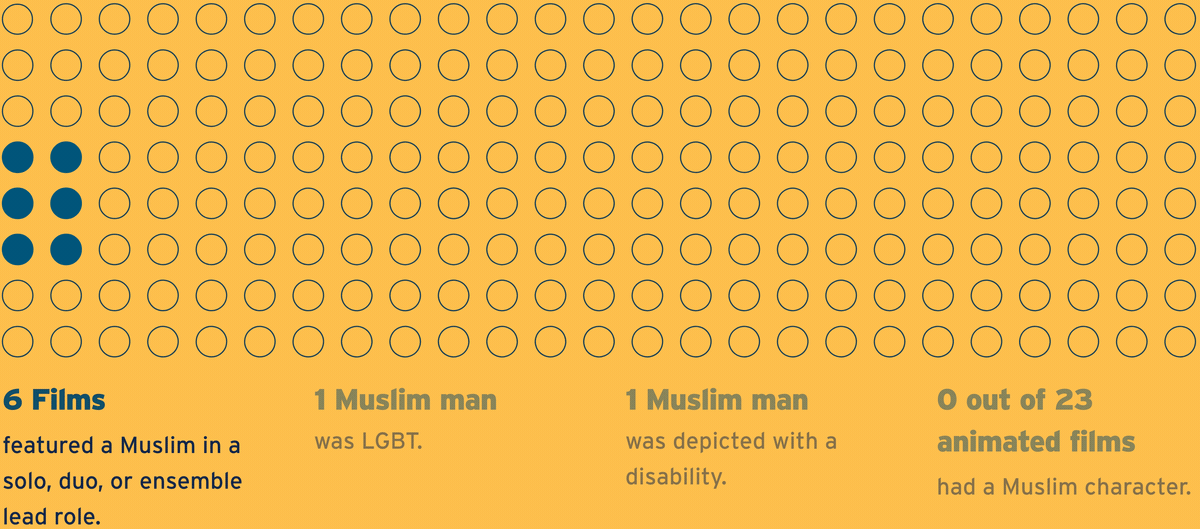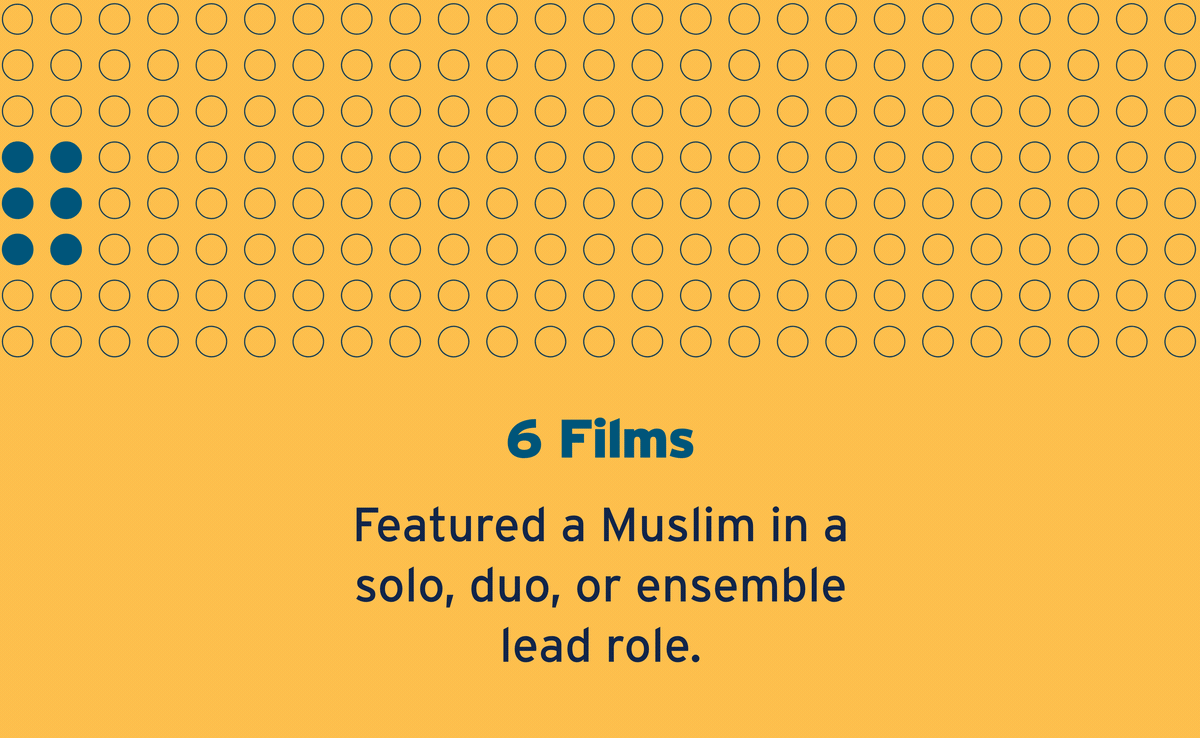
Presented by
Pillars Fund
Riz Ahmed and Left Handed Films
USC Annenberg Inclusion Initiative
With support from the Ford Foundation

Presented by
Pillars Fund
Riz Ahmed and Left Handed Films
USC Annenberg Inclusion Initiative
With support from the Ford Foundation
Studies show on-screen depictions of Muslims have direct consequences on policy and legislation.
Helping improve Muslim representation in film and television is a unique inclusion opportunity across both class and race, given Muslims are a racially and geographically diverse faith group that makes up nearly 25% of the world’s population (1.9 billion people). Muslims are also the most likely faith group to live in poverty in the U.S., and more than half of Muslims in the U.K. live in poverty.
While most diversity initiatives don’t focus on religion, the racialization and marginalization of Muslims as a distinct group means we must directly tackle anti-Muslim hate, stereotypes, and erasure.


Illustration by Mona Chalabi


We can transform institutions to engage Muslim communities, unearth incredible stories, and ensure Muslims feel seen and empowered to tell their tales. See the full Blueprint for Muslim Inclusion for our complete set of detailed recommendations.
Want your company to get involved? Email culturechange@pillarsfund.org for more information on how to transform your institution by becoming a blueprint partner.
“The representation of Muslims on screen feeds the policies that get enacted, the people that get killed, the countries that get invaded. The data doesn’t lie. This study shows us the scale of the problem in popular film, and its cost is measured in lost potential and lost lives.”
—Riz Ahmed, Actor and Activist
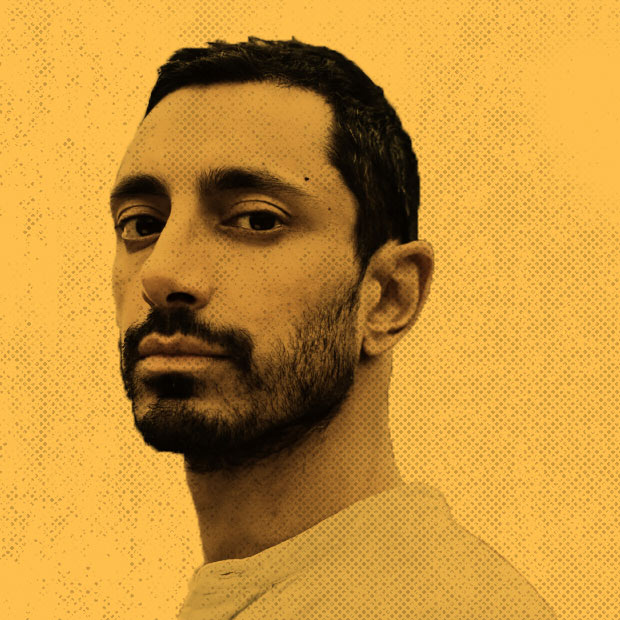
98 of 8,885 speaking roles were Muslim characters.
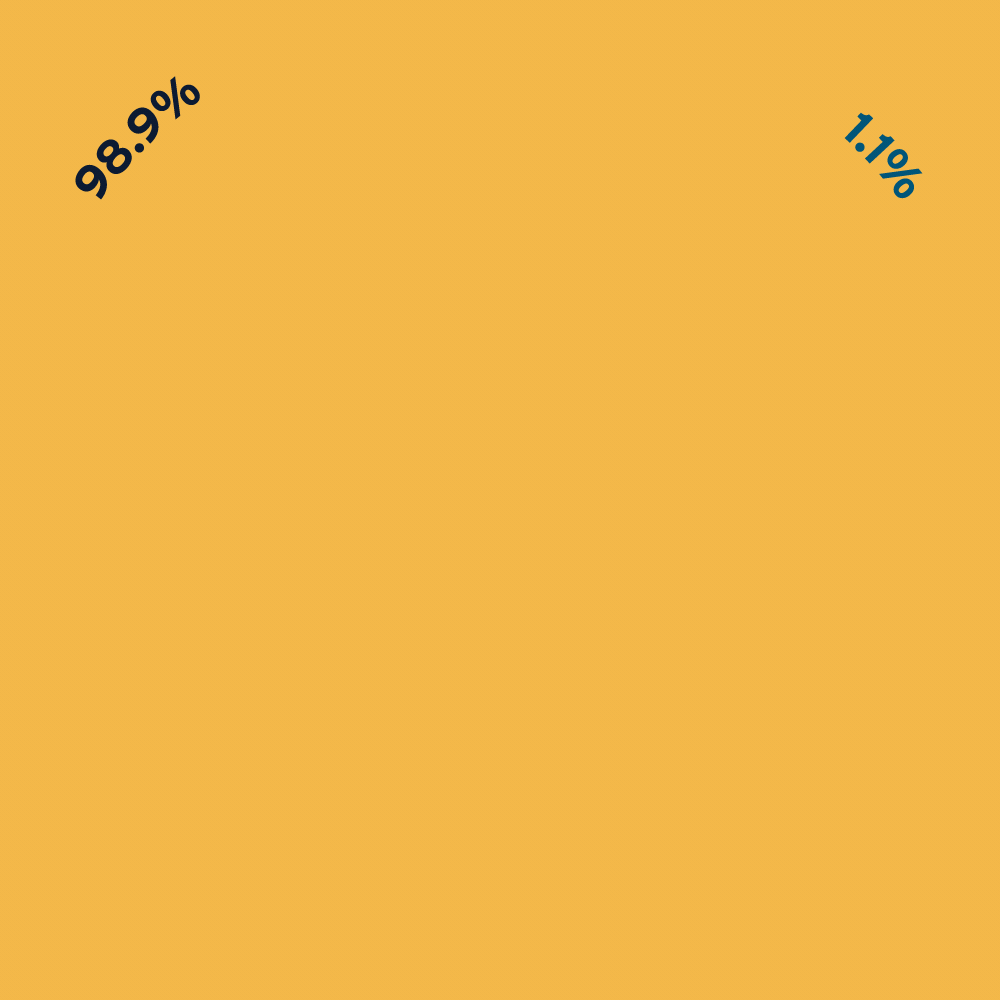
The vast majority of Muslim speaking characters on screen were inconsequential. The ratio of inconsequential Muslims characters is 4.92 to every 1 series regular.
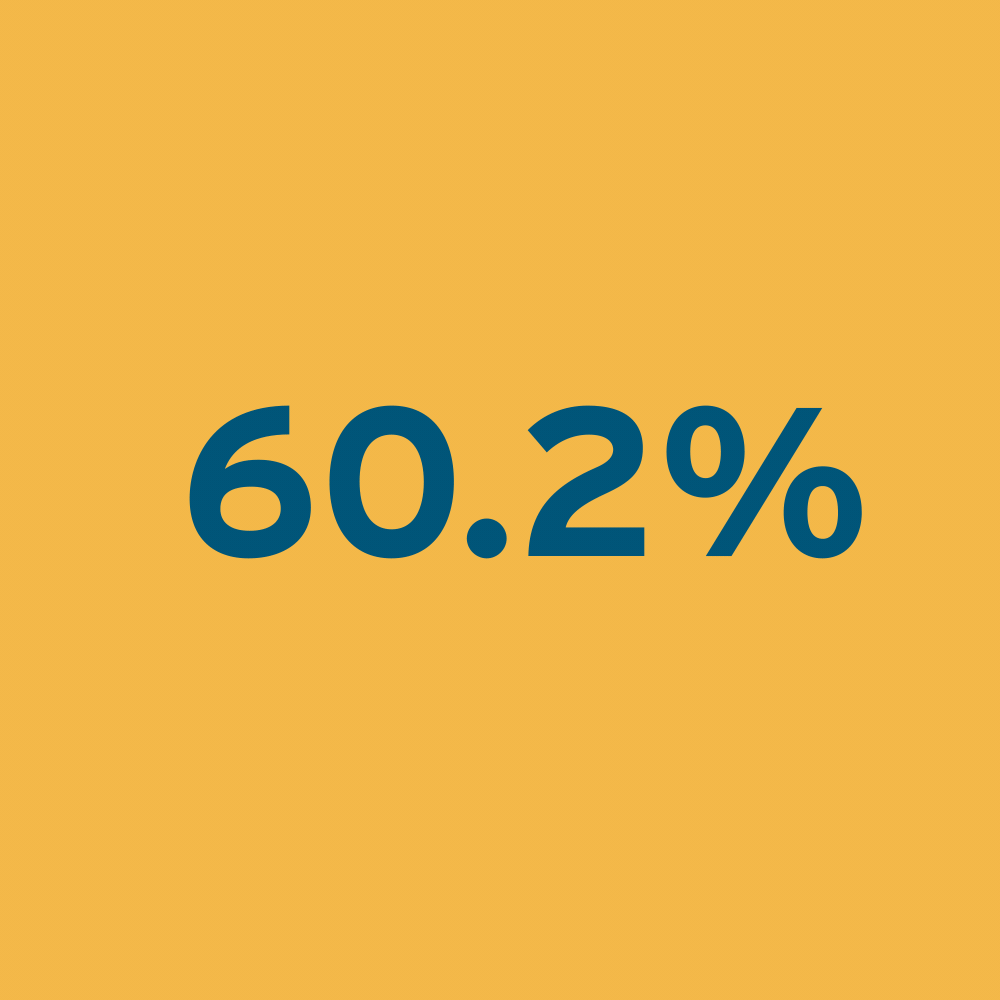
More than two thirds of Muslim characters were male.

Muslim characters were most likely to have jobs as criminals and almost one third of Muslims were shown as perpetrators of violence.
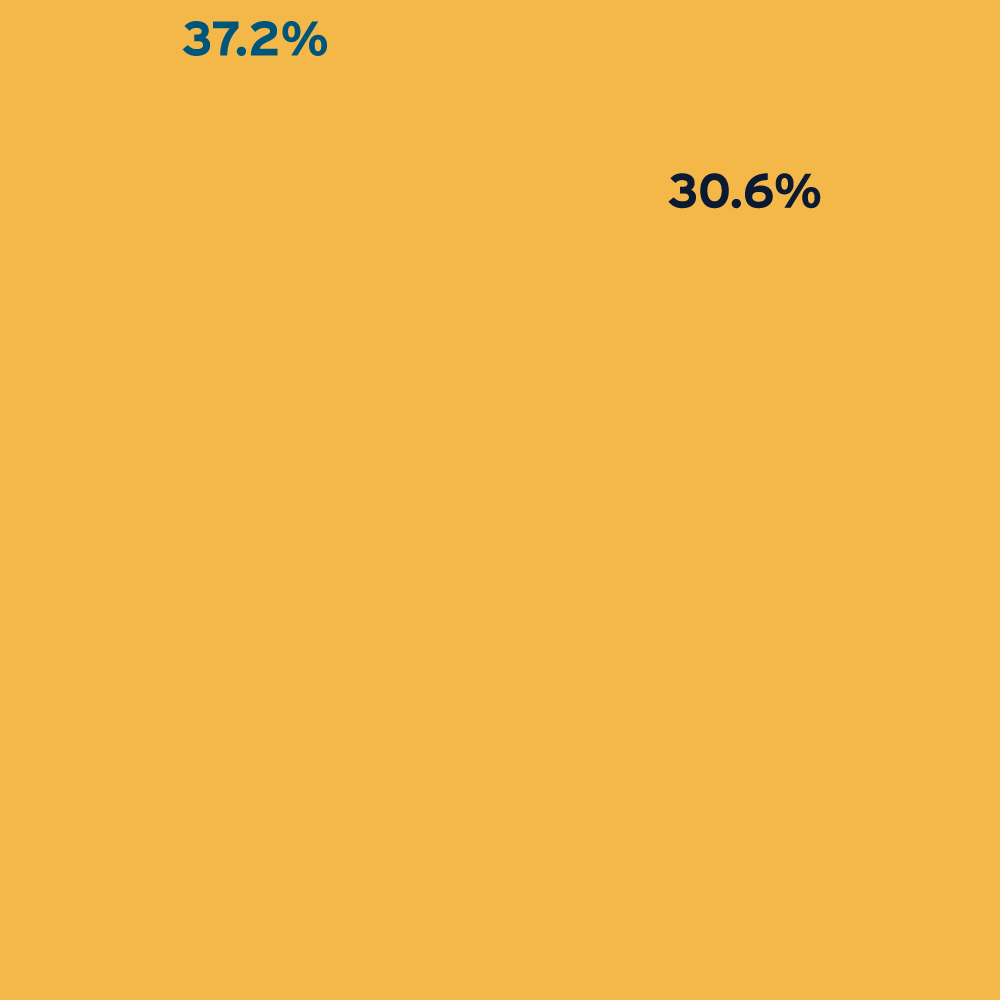
144 out of 8,965 speaking roles were Muslim characters.

Primary and secondary Muslim characters were often limited to being depicted as perpetrators or victims of violence.
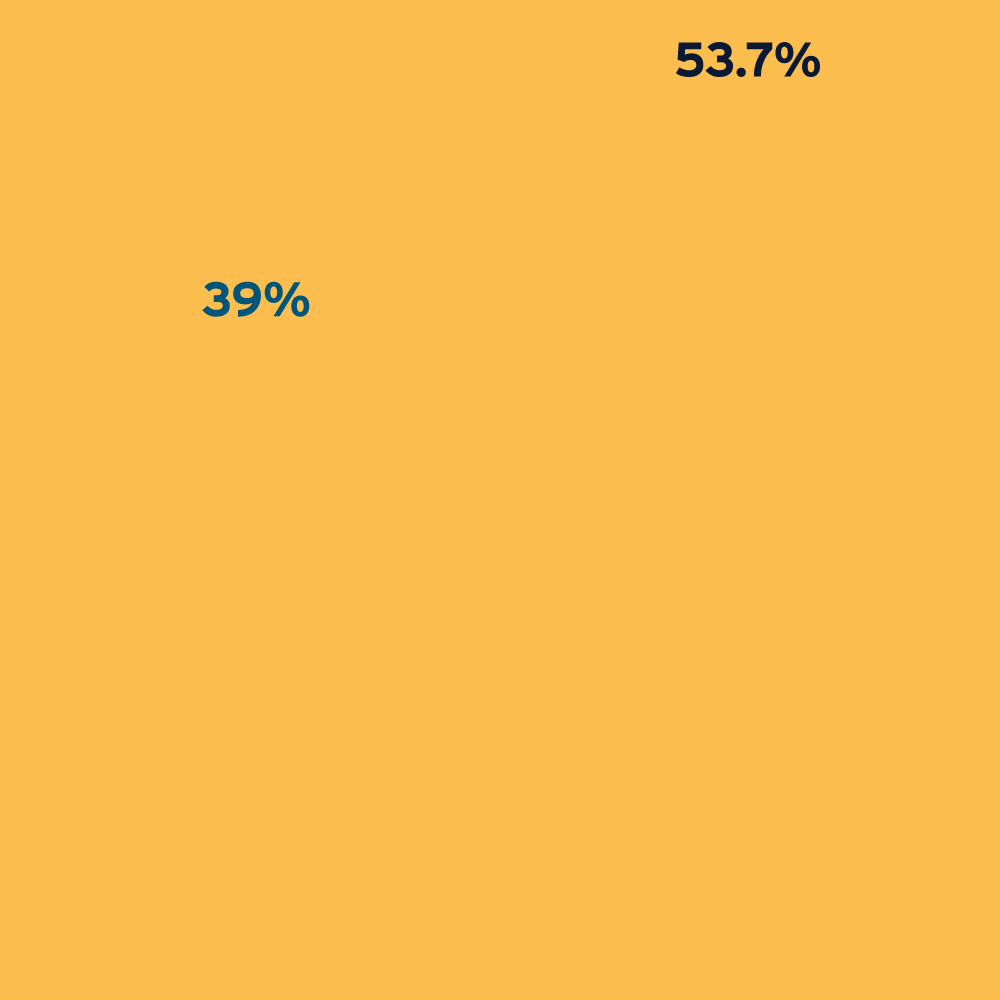
66.7% Muslims were Middle Eastern/North African
20.8% Muslims were Asian
5.6% Muslims were Black/African American
4.2% Muslims were white/Caucasian
2.8% Muslims were multiracial/multiethnic
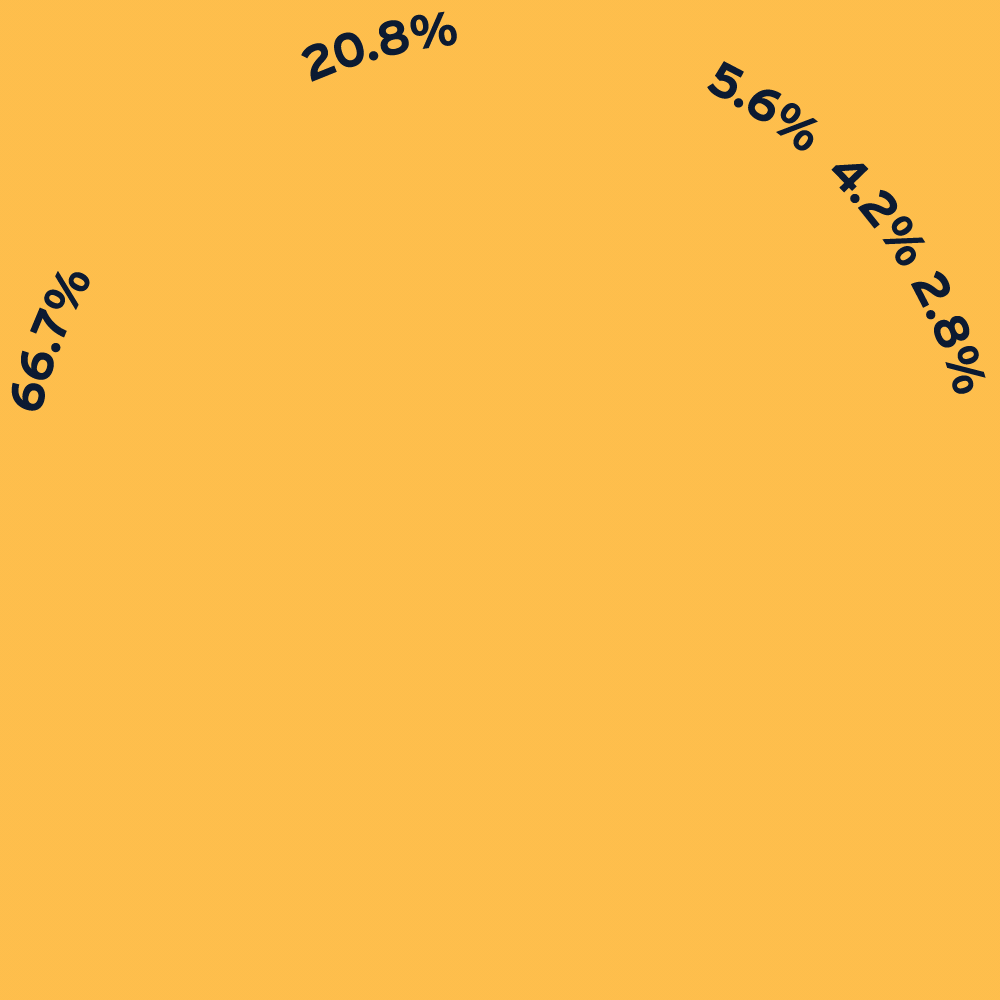
In these top 200 films:
